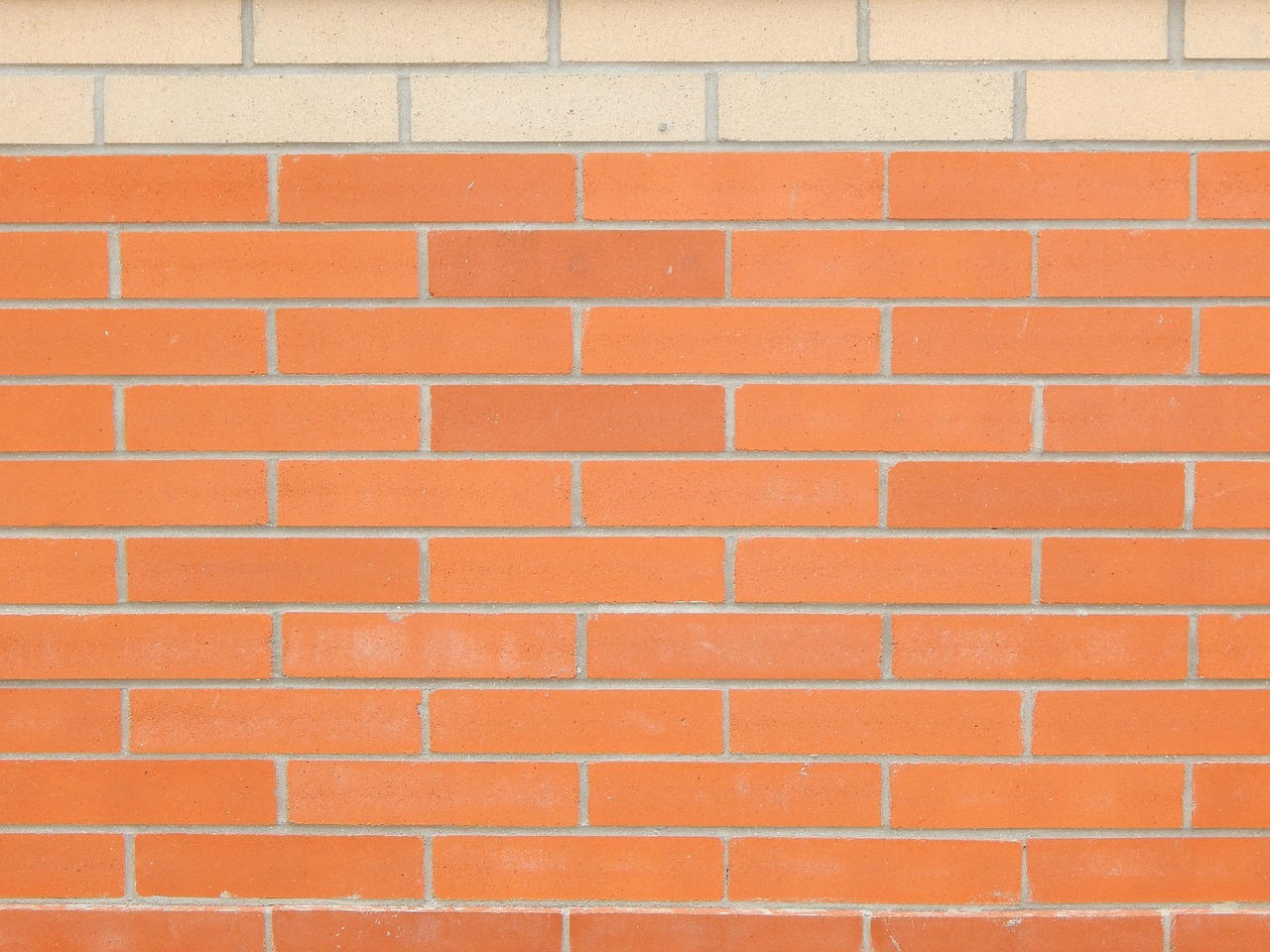Tuckpointing is a process that repairs mortar joints on brick walls, chimneys, and paths. It is labor-intensive and should be done by an expert. Damaged masonry structures can quickly deteriorate, so tuckpointing should be done immediately.
A common test to determine if a structure needs tuckpointing is to run a sharp object across the mortar joint. If the surface scratches up fine powder, it is time for tuckpointing.
Cracks
Masonry is one of the most durable materials for building construction, but it does need some attention now and then. Water can seep and damage the structure if brick walls or chimneys have deteriorated mortar. Tuckpointing repairs this damage by grinding or raking out the old mortar and filling in the joints with new mortar.
The first sign that a masonry structure needs tuckpointing is if the mortar becomes discolored. This can be caused by weather and age but is usually a good indicator that the structure should be tuck-pointed soon.
A simple way to test the condition of your masonry is to run a key across the mortar joints. If the key scratches up powdered material, it is time to call tuckpointing contractors. This is the first step in preventing further deterioration and possibly structural damage. If left unattended, the deterioration of the mortar will continue to spread into the bricks themselves, and more extensive repairs will be required.
Holes
Brick structures are very durable and built to last a long time, but the entire structure can be affected if the mortar that holds them together starts to wear away. Tuckpointing is one of the most common ways to repair damaged masonry and restore its integrity.
Tuckpointing involves filling in the spaces between bricks with new mortar. First, the mason grinds out the existing mortar, including any crumbling or cracked pieces, and mixes a new batch of mortar to match the existing brick color. They will then apply the new mortar into the gaps using a tool that leaves thin lines or grooves.
If you have a brick chimney or wall, you should periodically check for signs of tuck-pointing. It is usually best to address these issues before they deteriorate further and cause additional problems with your brick structure. A whitish coating or weathered, flakey mortar surface is often the first indication that tuckpointing is needed.
Deterioration
While brick is incredibly durable and doesn’t need frequent maintenance, the mortar between the bricks can suffer from damage. The mortar carries the weight of the bricks, so when it is damaged by water or deteriorates due to age, the integrity of the brick structure may be compromised.
Tuckpointing is the process of removing and replacing the damaged mortar in between the bricks of a structure. It is a labor-intensive task that requires precision to achieve the right look, but it protects the brick wall from moisture infiltration.
One way to tell if you need tuckpointing is to take a key or screwdriver and rub it across the mortar joints; if the scratching produces powdered material, the mortar is deteriorating and needs repair. However, repointing won’t work on structures that have extensive damage to the bricks themselves; these structures need an entire rebuild to restore their structural integrity. Tuckpointing is an inexpensive option to prevent costly repairs and maintain the look of your brick structure.
Moisture
Moisture in masonry is more than just an aesthetic concern. It poses several health and safety issues in addition to threatening the structural integrity of a building. Moisture can trigger mold exposure, exacerbating respiratory problems in people with asthma or other breathing conditions. Mold growth can also create a breeding ground for insects that spread disease.
Brick masonry walls are porous, attracting moisture that can enter through cracks and other weak points in the structure. The most common method of moisture infiltration is through capillary action, which allows water to migrate upward against gravity within narrow spaces like pores and capillaries.
A waterproofing treatment can make masonry walls more resistant to moisture infiltration. Surface treatments, like breathable latex paints, calcium stearate, and tall oils, make a wall hydrophobic without changing its appearance. Integral waterproofing products containing polymetric are an excellent choice since they provide better moisture protection than cementitious coatings.
